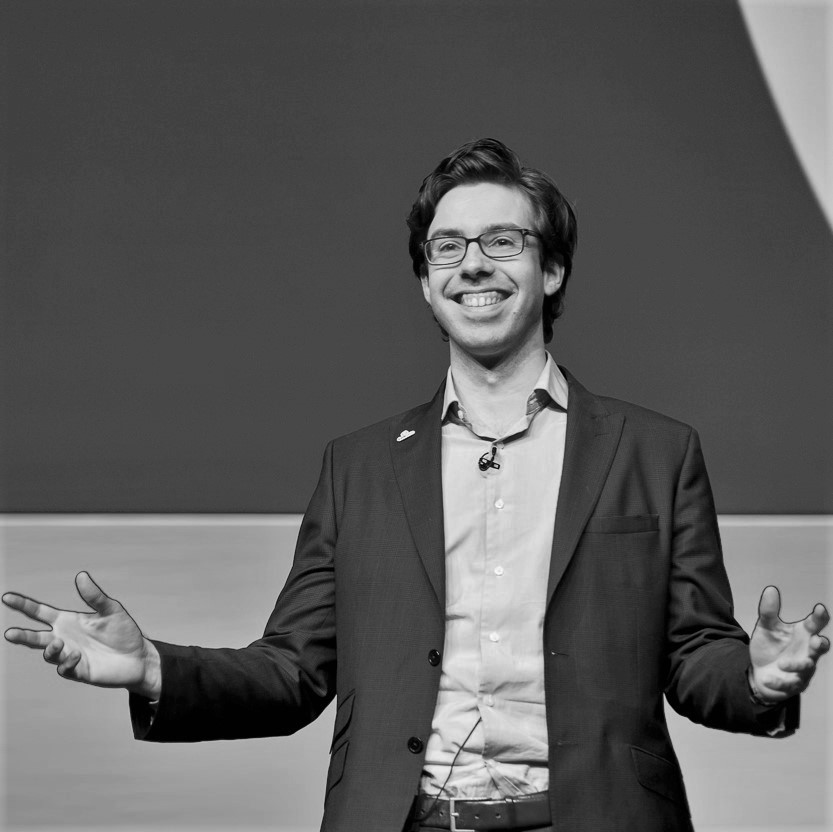This interview is part of Scaling Enterprise FinTech | The Handbook, launched in partnership with SixThirty Ventures.
1. Give us the backstory- what were you up to before starting up, how did you get the founding idea?
In 2012 Nicolas Christiaen & Bart Claes sank their teeth into a mutual project dealing with Working Capital management at the company they were both working for. There the first spark of insight was deployed.
2. Who was your first customer, and how did the first sale come about?
We started with bootstrapping and consultative selling while looking for customers and working below price for references. Our first client was a paper manufacturer, the largest in Europe at the time.
3. Could you summarize your journey to scale from a sales, go-to-market and business development perspective, perhaps split into 2-3 key phases?
In doing these consultations we discovered there was a white space in working capital management and cash flow forecasting that the TMS systems didn’t cover.
- From there on we created a modular concept which could serve the treasury market during this ‘bootstrapping phase’, we focused on convincing a few customers and efficiently build the essential requirements into a more generic product.
- When we received funding, we used this ‘startup phase’ to strengthen our team and solidified our market position locally. We attended our first local and international industry events to spread awareness to our product and company.
- After a while and with additional funding under our belt, we began our ‘scaleup phase’. Here, we intensified our international rollout with local offices, an international ecosystem of partners (Citi, BNP Paribas, PwC…) and speaking as a thought leader on international treasury conferences.While our technology itself has improved continuously, our business perspective has remained the same: Connecting treasury with business by integration and automatization.
4. Which was the most challenging phase, and what would you have done differently?
I’d say at the beginning when we were searching for the focus of our product. Only when we talked with key players in the capital markets, we understood that cash flow forecasting was the holy grail in the treasury market, but nobody was serving a taste of it, or at least not sufficient. After this product pivot, we had a clear vision of what we wanted.
5. When did you decide to expand into the US market, and how did that go?
In 2015 we were selected to join the Techstars Barclays Accelerator. At the time we kept an office there but were only locally present periodically. Afterwards in 2017, we leveraged our explosive digit growth rate in both revenue and employees, and fully ‘opened up’ an office in New York with full-time local presence, setting out to take on the US market and expand our footprint.
6. When did you first decide to raise venture capital, and what has been your approach to financing growth over the years?
In 2015, we wanted to accelerate our product development and our commercial rollout in Europe. During the accelerator in NYC we started looking intensely for funding. Not much later, in the beginning of 2016, we were very excited to raise our first series of 1 million euros.
7. How is building an Enterprise FinTech firm different from a “regular” SaaS / Enterprise Tech company, and what three things should founders get right?
First of all, we’re not operating in a vacuum. In the financial industry, incumbents are very strong players and have typically been strong for a very long time. Not very easy to get noticed as a small player.
Related to this, there is a strong client focus on robustness & resilience, as we are handling financial data. This is a very different way of doing business than for example from the viewpoint of more experimental tools that work in the marketing SaaS sphere.
Lastly, as every company is different and is often working with legacy-software, it’s important to focus on the flexibility of your solution, providing the ease of integration with all of their different data sources (ERP, TMS, data warehouse, …)
8. What’s on the priority list for you and your team for the next year?
We are launching our new “Cashforce NextGen” platform in Q1 of 2021. With this new platform we want to lower the barrier of entry for cash flow forecasting by introducing real-time data processing, a more intuitive user experience, enhanced scenario building capabilities and more AI-powered-algorithms. We’re very excited for this launch.
9. Where is the financial services sector headed in the next 12-18 months, and what should we be watching out for?
I believe there will be a push towards increased digitization and more data-driven & faster decision making. In the light of the last year, the need for real-time insights & fast and more advanced reporting became more prominent quit quickly. Additionally, the need for flexibility to have a hybrid set-up of automation & manual input will be essential, combining technologic & human expertise. With Cashforce NextGen, we’re doing exactly that, aiming to lower the barrier to set up effective cash forecasting.
10. Your favorite place(s) for a meal, coffee or drink?
Employees Only, a speakeasy/prohibition-themed bar in the West Village of New York City.

